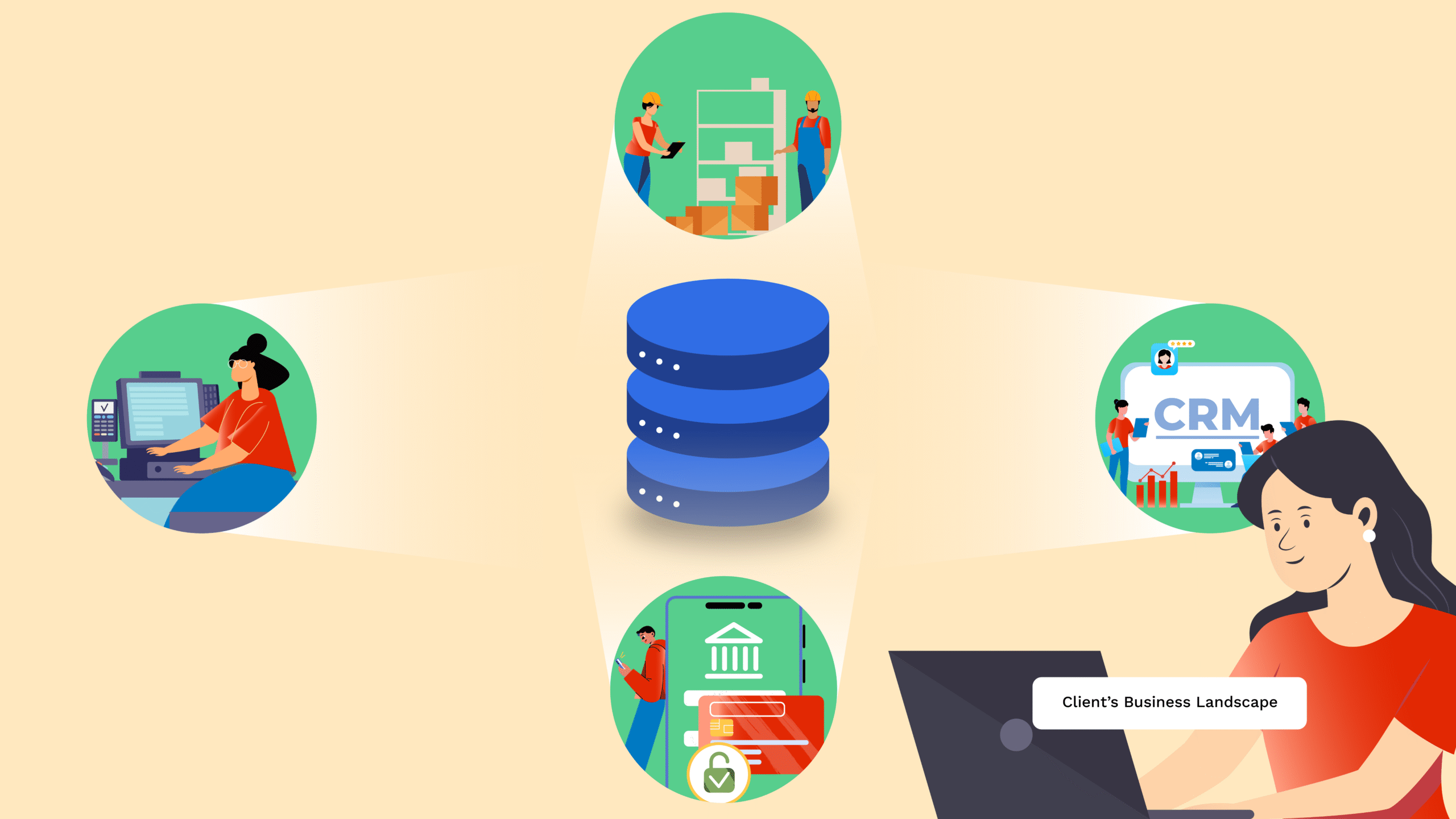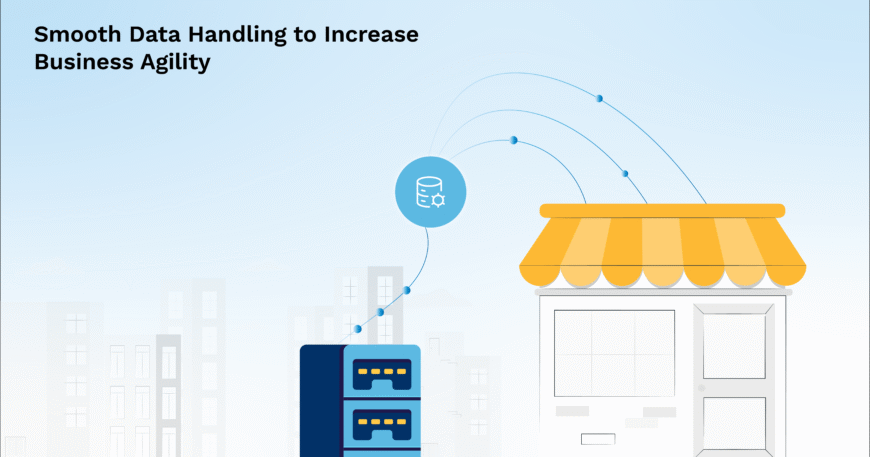Introduction
In an era where digital transformation governs how companies function, agility has become a crucial distinction. An organization’s ability to quickly and accurately make well-informed decisions is directly impacted by how well it manages its data. Businesses may anticipate changes, lower risks, and adapt to shifting market dynamics with the aid of efficient data processing. Real-time processing, automatic insights, and smooth integration are its defining characteristics.
This case study examines how Lentera Technologies improved business agility and resolved challenging data issues with a leading retail organization.
The Client’s Business Landscape
The client is a multi-location retail business that provides daily services to thousands of customers. As its activities grew, the company collected massive amounts of data from a variety of sources, including:
1. Transaction Management Systems: Point-of-sale (POS) systems’ platforms log millions of transactions daily in multiple locations.2. Inventory management systems : Systems for managing inventories Inventory management systems monitor stock levels, supplier activity, and logistics.
3. Customer Relationship Management : Relationship management for customers CRM (customer relationship management) tools record messages, previous purchases, and customer preferences.
4. Financial and Compliance Systems : Legal compliance and operational accuracy are ensured by financial and compliance systems.
Challenges Faced
1. Delayed Reporting Cycles: Executives of the company often had to wait weeks to obtain consolidated reports, which made it more difficult for them to respond promptly to market shifts or operational bottlenecks.2. Accuracy and Compliance: Because regulatory reporting required extensive manual preparation, there was a risk of human mistake and missed deadlines.
3. Limited Inventory Visibility: Overstocking and stockouts resulted from the inability to quickly monitor stock levels due to fragmented systems.
4. High operational costs : Costs were caused by the substantial resource consumption of manual data entry, error correction, and repeated administrative chores.
5. Scalability Issues: The company’s current systems were unable to manage the growing transaction volumes and data complexity as it grew into new locations and geographical areas.

Results Achieved
1. Effectiveness of Reporting: Reporting times were reduced from two to three weeks to a few hours.2. Business Agility: Leadership teams were able to respond swiftly to stock shortages, fluctuations in sales, and regulatory changes.
3. Operational Cost Savings: Automation drastically lowers labor costs and error correction charges by lowering human work.
4. Enhanced Compliance: Automated monitoring ensured error-free reporting and audit preparation took 40% less time.
5. Better Customer Experience: Improved inventory forecasting and faster response times led to higher customer satisfaction ratings.
Key Features
1. Smooth System Integration: Integrated finance, inventory, and CRM platforms into a single flow without interfering with ongoing business activities.2. Dynamic Reporting Engine: Reporting cycles were reduced from weeks to hours thanks to dashboards that are automatically generated and customizable.
3. Error-free data handling: Integrated validation processes ensured accuracy before data entered the centralized system.
Conclusion
This case study shows that efficient data management is a strategic enabler of agility, efficiency, and growth rather than only a technical improvement. In addition to resolving its data management issues, the retail company established a scalable basis for future growth by collaborating with Lentera Technologies. For any questions concerning this report, please get in touch with info@lentera.in.




